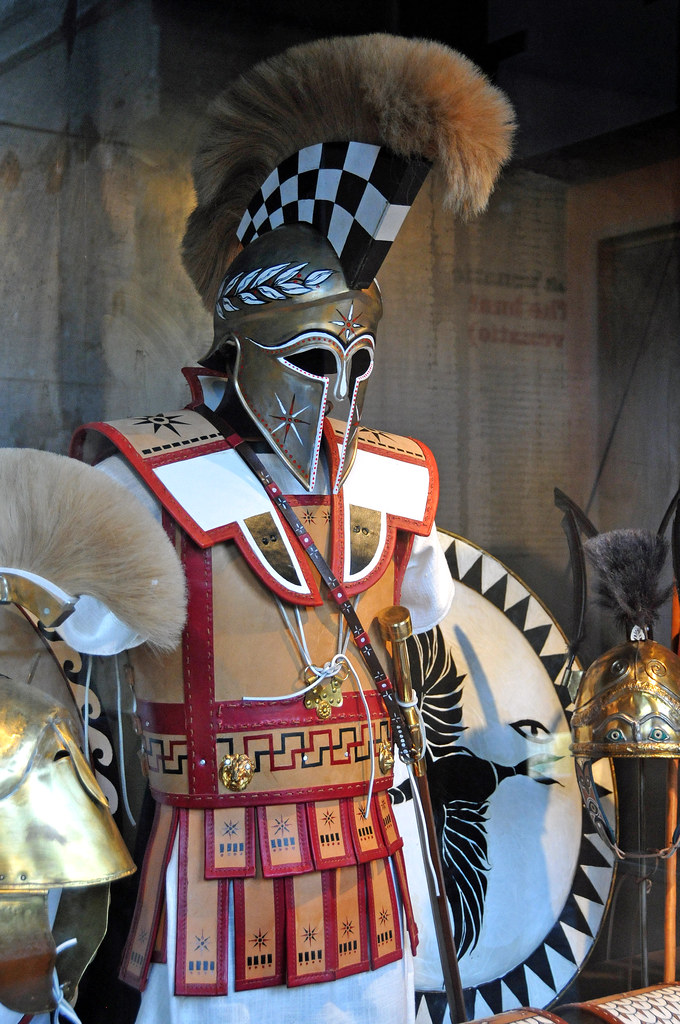This ancient civilization located in modern-day Middle East depended on the Code of Hammurabi from the time it was written in 1754 B.C. for guidance on what rules one needed to follow to live civilly, and outlined the consequences for any misdeeds. It’s the only single legal text that has survived the test of time in full, enabling scholars to get a more accurate picture of the laws and legal system of ancient Babylon than they would with any other historic society.
The Code of Hammurabi was carved on a single piece of diorite stone, a highly durable natural material that could be found in scattered areas of Mesopotamia. At the top of the stone tablet sits Hammurabi, who ruled Babylon from 1792 -1750 B.C., as he receives the laws of his society by the god of justice, Shamash. The Code provides some of the earliest examples of law-breachers receiving “an eye for an eye” as punishment for their deeds. Not every crime received “an eye for an eye”, though. Some crimes, like theft, would require the thief to repay the rightful owner up to 30x the stolen item’s value in monetary compensation while incest between a parent and a child or conspiracy to commit murder would result in execution. Much of Hammurabi’s Code uses an “if-then” format to detail the consequences for a certain crime. For example, if a man steals an ox, then he must pay back 30 times its value.
Babylonian Police
Various tablets, like this one, dated from shortly after Babylon’s collapse reveal that, contrary to popular belief, police were present all throughout the region of Mesopotamia during the time of ancient Balylon. One tablet, now housed in the Murasau temple archives in Iraq, suggests that police in ancient Babylon were witnesses in business transactions to oversee that the transaction made was fair and just for both parties involved in the business exchange. Other artifacts report that police were also charged with investigating crimes. Just like in modern societies, Babylonian police were permitted to search a POI’s or suspect’s premises for physical evidence to include or exclude him in the crime he is accused of. They could then follow through with an arrest and transfer the evidence to the temple courts.
Police accounts of a crime is what determined the outcome of most cases courts heard. Police were an extension of the temple, and were, many times, assigned to guard certain civilian properties. As such, if a theft occurred under their watch they were personally responsible to reimburse the temple administration for their services through financial compensation.

Trial
The thing about Hammurabi’s Code and the justice system at the time is that the suspect would have to either be caught in the act, or have items similar to things stolen in his possession in the case of theft to be worth bringing to court. Otherwise, he’d be dismissed. There were no juries nor lawyers in ancient Babylonian courts. During trial the accused would be brought in by his accusers and had to stand before three judges who were either relatives to the king or one of them was the King himself. Additional witnesses and any documents relevant to the case would be brought in as well.
In case of a lawsuit, one judge and a group of 12 elders would decide the case. The judges would base their punishments on the Code of Hammurabi whose code was highly influential even long after his death. Witnesses would swear by oath to the Babylonian gods before testifying for or against the accused. The punishment for false witnesses was death. Once a verdict was reached it would be documented in writing and sealed off for safekeeping in the presence of the judges and/or the elders, all the witnesses, and a scribe who stored a copy in the temple archives. Appeals were allowed. Where a judge’s verdict was thrown out the King would have the final say in a case.
If in the case that a verdict could not be reached by the judges or the King the accused would be ordered to jump into the Euphrates River to let the river decide his fate. The popular belief was that if the accused was innocent the gods will help him cross the river unscathed. If the accused jumped in and drowned as a result, then the judges would conclude he was guilty of the crime he’s accused of.


